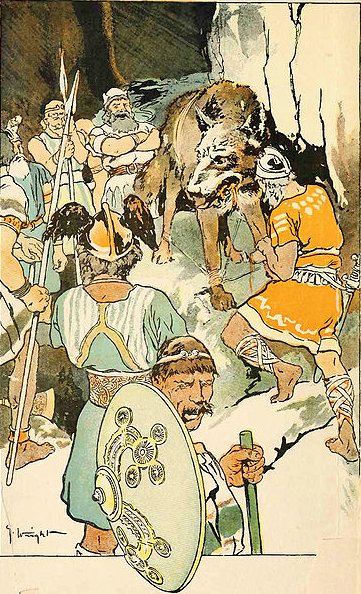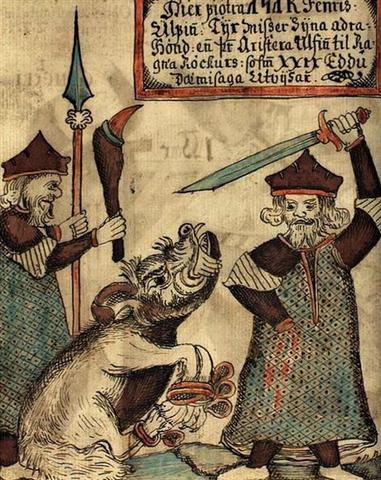We should now update and move on a few steps:
Number 107 plays a significant role. And like all numbers it can be explained in various ways, for instance as the difference between the total number of glyphs on the G tablet (471) and 364 (= 4 * 91). And 91 (representing the Navel of the Horse, the Topknot of Taranga, when counting from the December solstice) + 16 (as in the number of nights a star could not be observed because of its close encounter with the Sun) = 107. Therefore April 17 (107) in a certain way corresponded to April 1 (91). In the epoch when the star Bharani (instead of Sirrah) had risen heliacally at 0h, Aldebaran would have been positioned not at *68 but at *27, because the time depth from the epoch of rongorongo down to that of Bharani was *41 right ascension days. *68 - *41 = *27. This was how much the precession had pushed Aldebaran (and all the other fixed stars) ahead in the Sun calendar. As if by coincidence this was also the measure of how much at the time of rongorongo the precession had moved the stars ahead since the time of Julius Caesar:
... The right ascension ('longitude') data are coordinates of space to be used in nighttime to find the stars. But they can also be used to define the time in the night or in the year. The web of coordinates appears to be moving both during the night and in the year, and this illusion is caused by the movements of the Earth (around its axis respectively around the Sun) ... Considering the fact that the Chinese had 3 days with only cold food served, we can guess these corresponded to the 3 glyphs beginning at the Wolf:
Anciently the winter months had only 29 days.
Toga. 1. Winter season. Two seasons used to be distinguished in ancient times: hora, summer, and toga, winter. 2. To lean against somehing; to hold something fast; support, post supporting the roof. 3. To throw something with a sudden movement. 4. To feed oneself, to eat enough; e-toga koe ana oho ki te aga, eat well first when you go to work. Vanaga. 1. Winter. P Pau., Mgv.: toga, south. Mq.: tuatoka, east wind. Ta.: toa, south. 2. Column, prop; togatoga, prop, stay. Togariki, northeast wind. Churchill. Wooden platform for a dead chief: ka tuu i te toga (Bb8-42), when the wooden platform has been erected. Barthel 2. The expressions Tonga, Kona, Toa (Sam., Haw., Tah.), to indicate the quarter of an island or of the wind, between the south and west, and Tokelau, Toerau, Koolau (Sam., Haw., Tah.), to indicate the opposite directions from north to east - expressions universal throughout Polynesia, and but little modified by subsequent local circumstances - point strongly to a former habitat in lands where the regular monsoons prevailed. Etymologically 'Tonga', 'Kona', contracted from 'To-anga' or 'Ko-ana', signifies 'the setting', seil. of the sun. 'Toke-lau', of which the other forms are merely dialectical variations, signifies 'the cold, chilly sea'. Fornander. The page numbered 62 in Manuscript E ended with the uhi variety named 13 he tonga.
62 - 3 = 59 = 2 * 29½ nights.
Tyr (as in Tues-day) was a name for Mars,
and according to the Babylonians he was the one standing first in the row
which reasonably meant it should be his right hand which had to be swallowed by the wolf Fenrir (Upwaut, the Opener-of-the-Way).
... The king, wearing now a short, stiff archaic mantle, walks in a grave and stately manner to the sanctuary of the wolf-god Upwaut, the 'Opener of the Way', where he anoints the sacred standard and, preceded by this, marches to the palace chapel, into which he disappears. A period of time elapses during which the pharaoh is no longer manifest ...
When he reappears he is clothed as in the Narmer palette, wearing the kilt with Hathor belt and bull's tail attatched. In his right hand he holds the flail scepter and in his left, instead of the usual crook of the Good Shepherd, an object resembling a small scroll, called the Will, the House Document, or Secret of the Two Partners, which he exhibits in triumph, proclaiming to all in attendance that it was given him by his dead father Osiris, in the presence of the earth-god Geb. 'I have run', he cries, 'holding the Secret of the Two Partners, the Will that my father has given me before Geb. I have passed through the land and touched the four sides of it. I traverse it as I desire.'
|
||||||||||||||||||||||||||||||||||||||||||||||||||||||||||||||||||||||||||||||||||||||||||||||||||||||||||||||||||||||||||||||||||||||||||||||||||||||||||||||||||||||||||||||||||||||||||||||||||||||||||||||||||||











